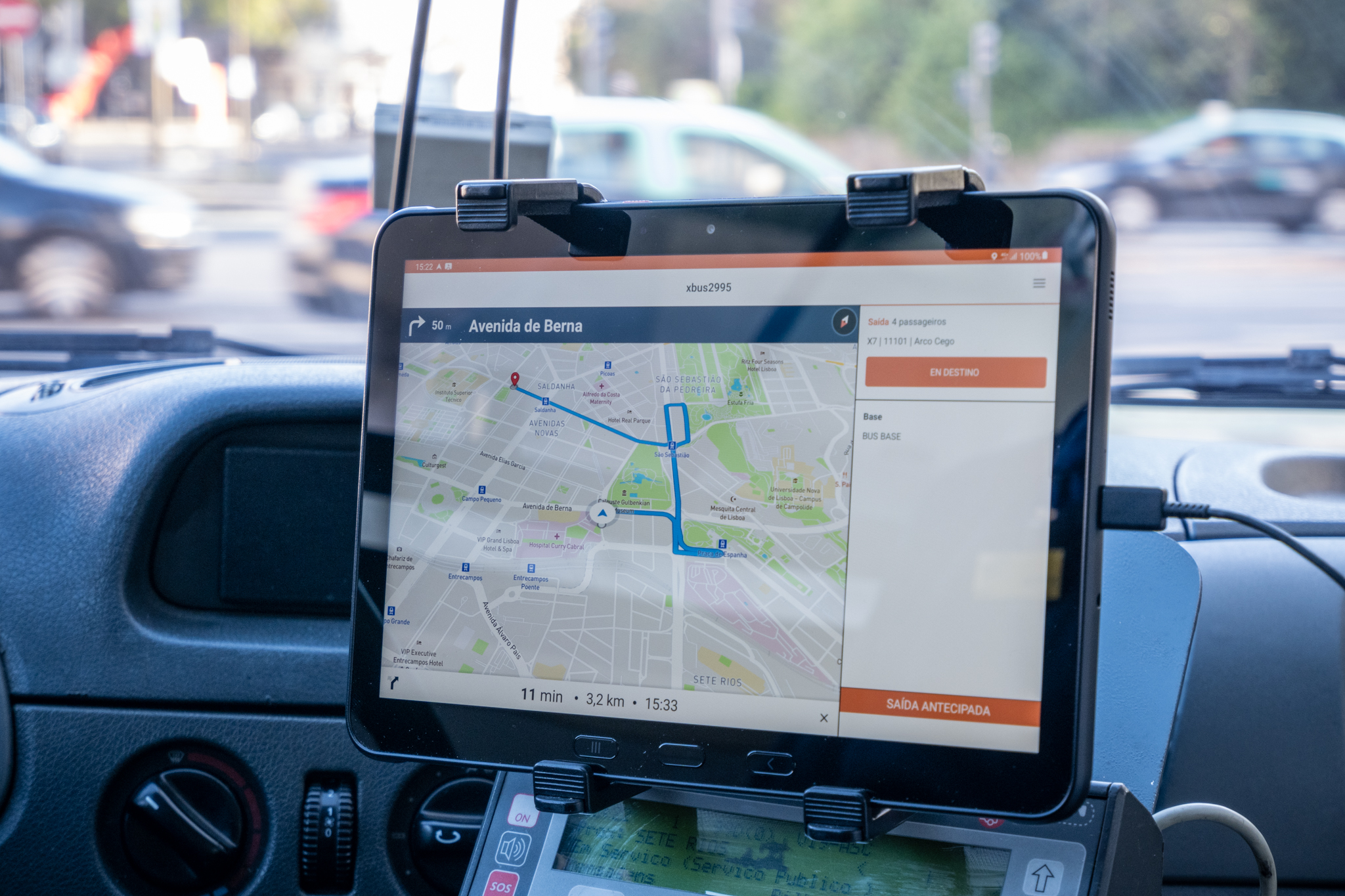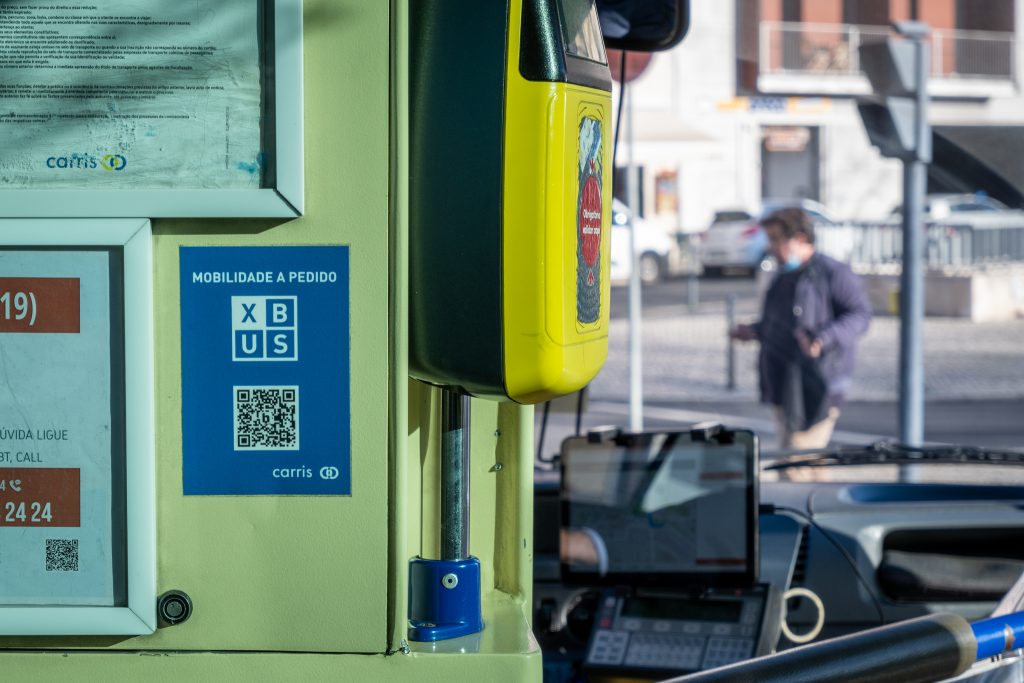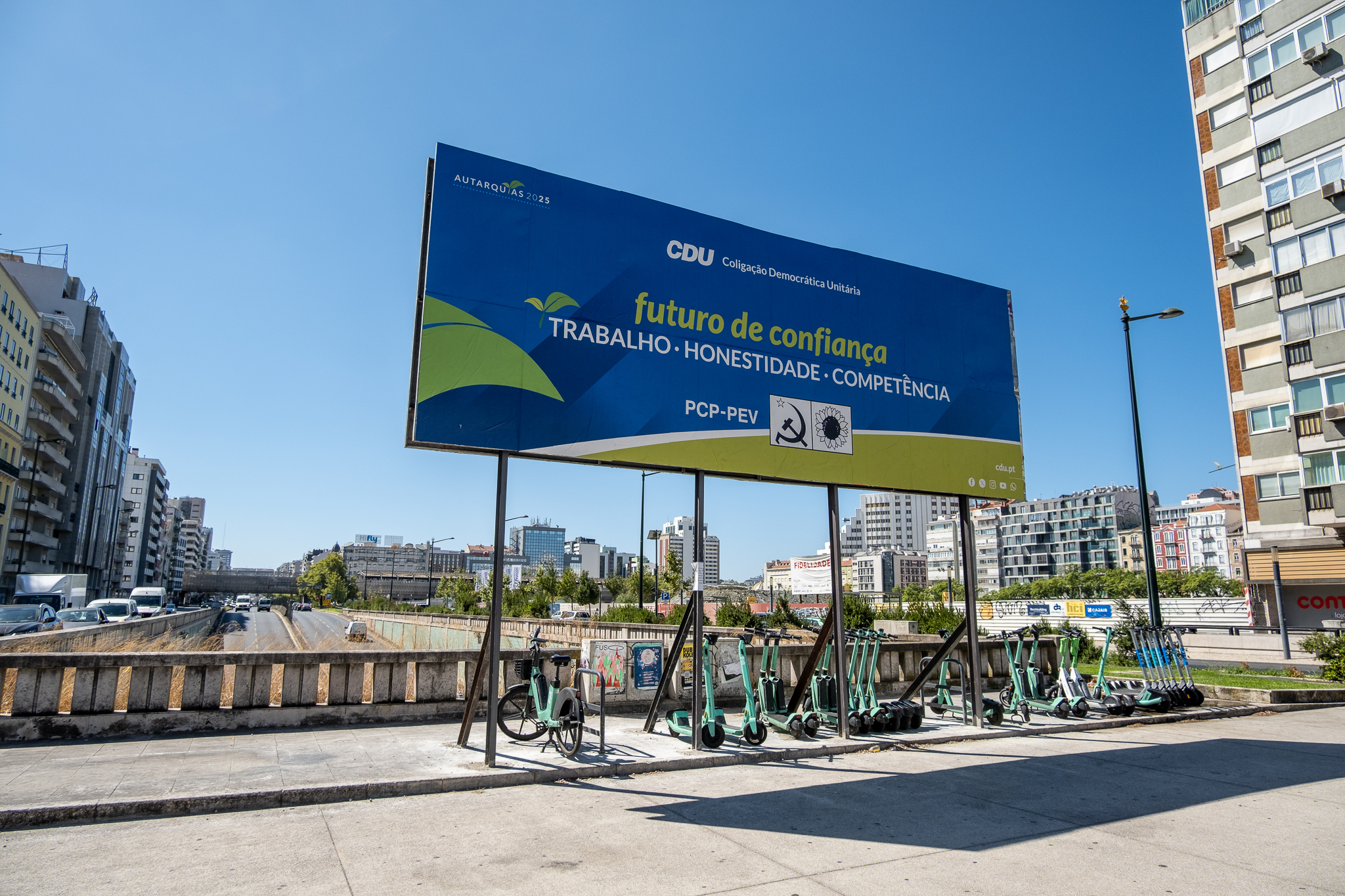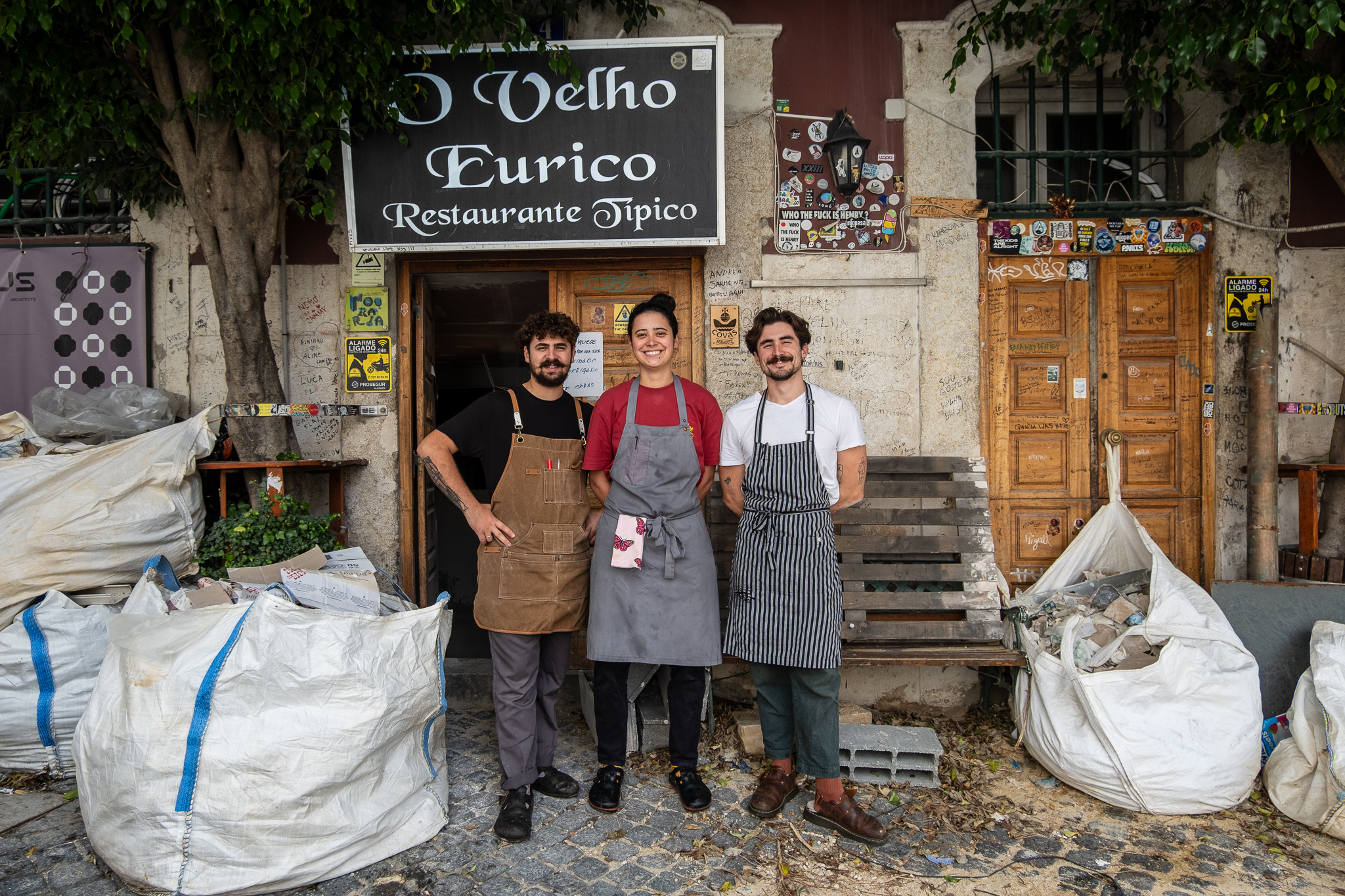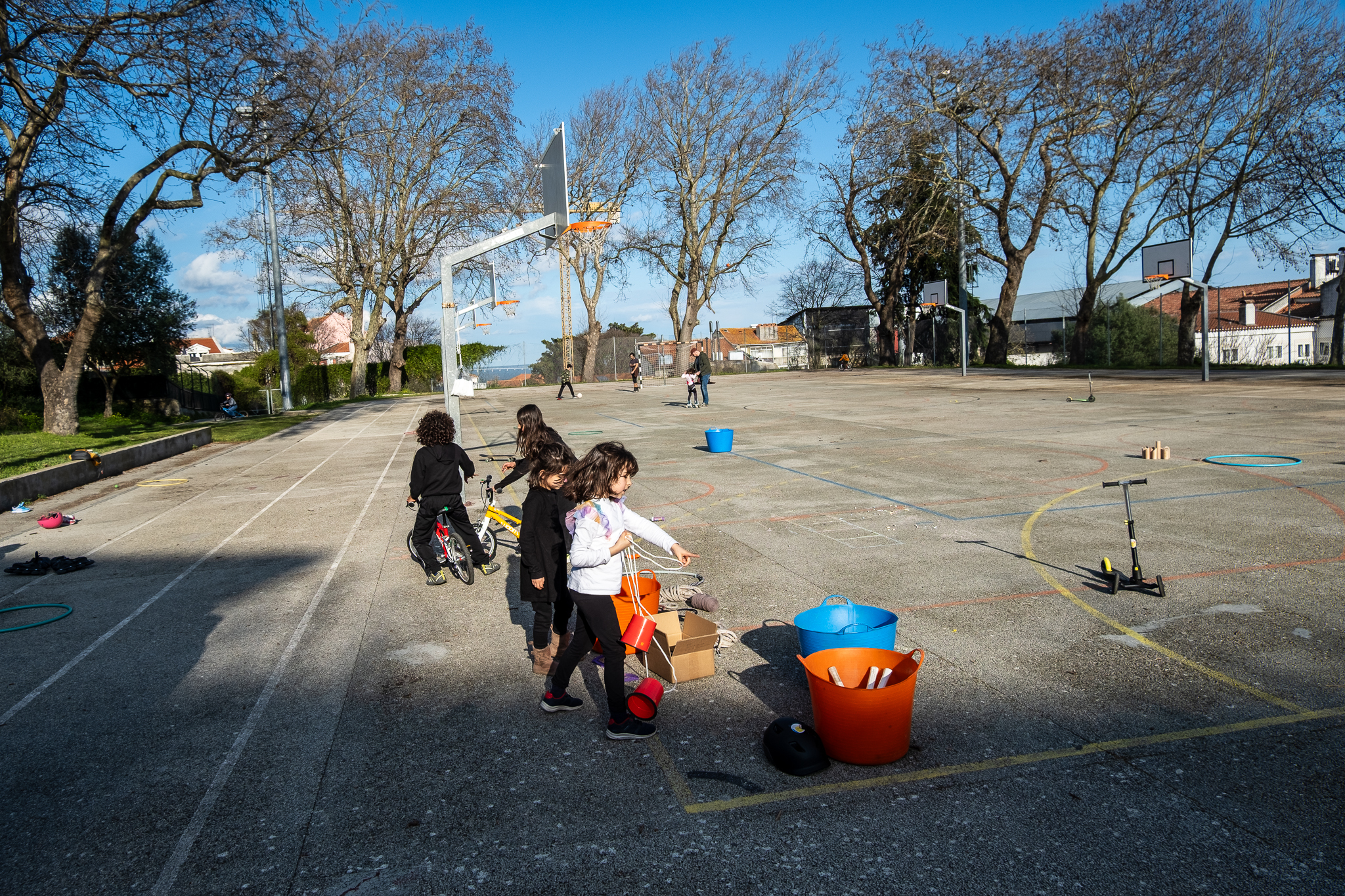"Bus on demand" can serve areas with lower demand for public transport but also attract the younger generation.

Lisbon City Council wants to make free public transport for all young people living in the city up to the age of 18 and all those studying in the city up to the age of 23. During the Web Summit, Moedas commented that one of the objectives is to bring in young people, who today are used to picking up their cell phones and calling a uber, back to public transport. However, taking the bus is very different from requesting transportation by vehicle, where you only have to think about the starting point and the destination - the route is up to the driver of the vehicle and the algorithms he has at his disposal in his app.
Carris offers lines that cross the city from one end to the other, others that make some important but shorter routes, and then there are the neighborhood buses - the most local of all. There's probably a bus (or two) running between where we are and where we want to go. But interpreting a bus network may not be as straightforward as looking at a map of a metro network, calling a uber or even unlocking a GIRA bike (which can be left at any dock) - you just have to look up the route number, know which stop is the right one and pay attention to getting off at the right place. Although apps like Google Maps help plan bus journeys in a city, they may not eliminate the natural friction of road transportation.
Buses at your fingertips?
XBUS was an innovative Carris service that has been on trial for the last six months in Lisbon, and the pilot project ended last Friday, January 7th. Lisboa Para Pessoas accompanied Carris on the last day of the service, which was launched on June 15th. With XBUS, passengers could have a bus service tailored to their needs, more flexible and perhaps faster. With a mobile application, which Carris adapted from the start-up Spanish ShotlIn the pilot, passengers could hail a small bus and take a trip between two stops of their choice - as long as they were within the pilot area, which covered part of Sete Rios and Campolide, the Rego neighborhood, the Gulbenkian area, Campo Pequeno and the surrounding Arco do Cego garden. Carris tells us that it sought to a heterogeneous area of the city - with residential areas, business centers and service areas, with train and metro stations, but also areas with less public transport - to comprehensively study how the XBUS could possibly fit into a future offer.

During the pilot, the XBUS was served by a minibus (there were two vehicles in the initial phase), which, when not in service, was parked near the Rego tunnel - a central point on the XBUS offer map. When a trip request fell through, the driver would accept it on a small screen next to his station. At the same time, the passenger would receive an estimate of the waiting time and could follow the location of the bus in real time. (If they were far from the stop, they would receive directions on how to walk to it). Carris added the XBUS to a series of existing stops in the area and also created around a dozen "ghost" stops just for the XBUS - two of these, for example, were placed on Rua Professor Lima Bastos, where the IPO is located but there is no Carris service. Once the bus had arrived at the stop, passengers got on and swiped their card at the validator - the journey is paid for with a monthly pass, Zapping or other mode - or, if they didn't have one, they could buy an on-board ticket from the driver at the usual fare of €2.

The journey continued to the destination, with the driver following the route shown to him on the screen by the algorithms. These also determined whether requests from other passengers were accepted on this trip or left until the current passenger was dropped off at the destination - everything depended on the time factor. The journey would, from the outset, be quicker than if the passenger took a bus that made all the stops on its route, and that route could also be the most direct. The XBUS only stopped when there was someone to pick up or when it reached the passenger's destination, and it didn't have to follow a predefined route. The driver was asked to follow a map showing the route between the two points, but he could use his knowledge of the city to take a route he considered quicker or avoid a congestion point.
Carris explains that it created an XBUS with a lot of freedom for both the passenger and the drivers - it could, for example, have limited journeys to certain streets or a fixed route, but that would have allowed it to collect less information about the driver. The biggest restriction (but also an advantage) had to do with departures and destinations: they always had to be at bus stops with the XBUS service and not just anywhere, as is the case with a cab or a bus. uber, which sometimes blocks an entire street when it needs to pick up a passenger. Another advantage of the "on demand" mode is the waiting time for passengers: the bus shows up when it's called, so you don't have to depend on a predefined timetable, which can still be unpredictable.

Transport on demand in other cities
After piloting the XBUS for six months, Carris says that now is the time for evaluation. It is collecting feedback from users and non-users of the service via a form sent to them, which will also include travel data and history. For now, the XBUS is on hold so that it can return in the future with another pilot or as part of the Carris offer. The company says it is also looking at "mobility on demand" projects in other cities and regions.
Around here, at Middle Tagus, the pioneering On-Demand Transportation covers the 13 municipalities of this intermunicipal community, where the low population density does not justify regular public transport. Instead, they opted for a transportation system that only appears when people make a prior reservation by phone and that follows fixed routes and schedules. In On-Demand Transportation mobility within the same municipality and between municipalities is possible, with adequate levels of service and controlled costs.
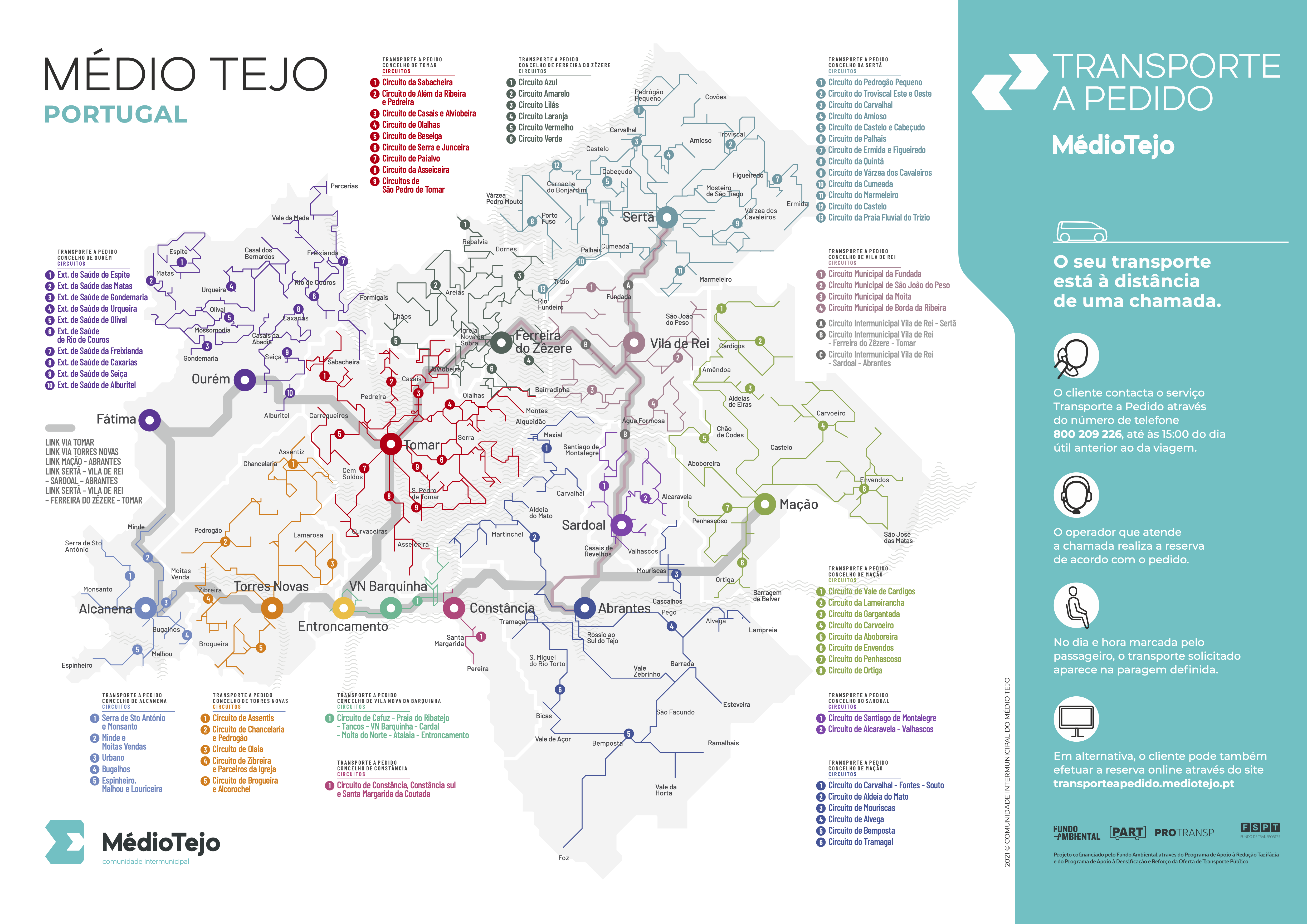
In the city context, two examples come from Berlin and Barcelona. In the German capital, there is the BerlKönigThis is a service that operates without interruption at weekends and during the week, with a break only between 2 and 5 pm. It is a carpool which is integrated with the city's public transport system and is run by the same company, BVG, in the eastern part of the city. Vans with a capacity of up to six passengers can be called via an app and make journeys between bus stops. The minimum fare is €4, plus €2/kilometer - the cost of the journey can be shared by the same group of passengers.
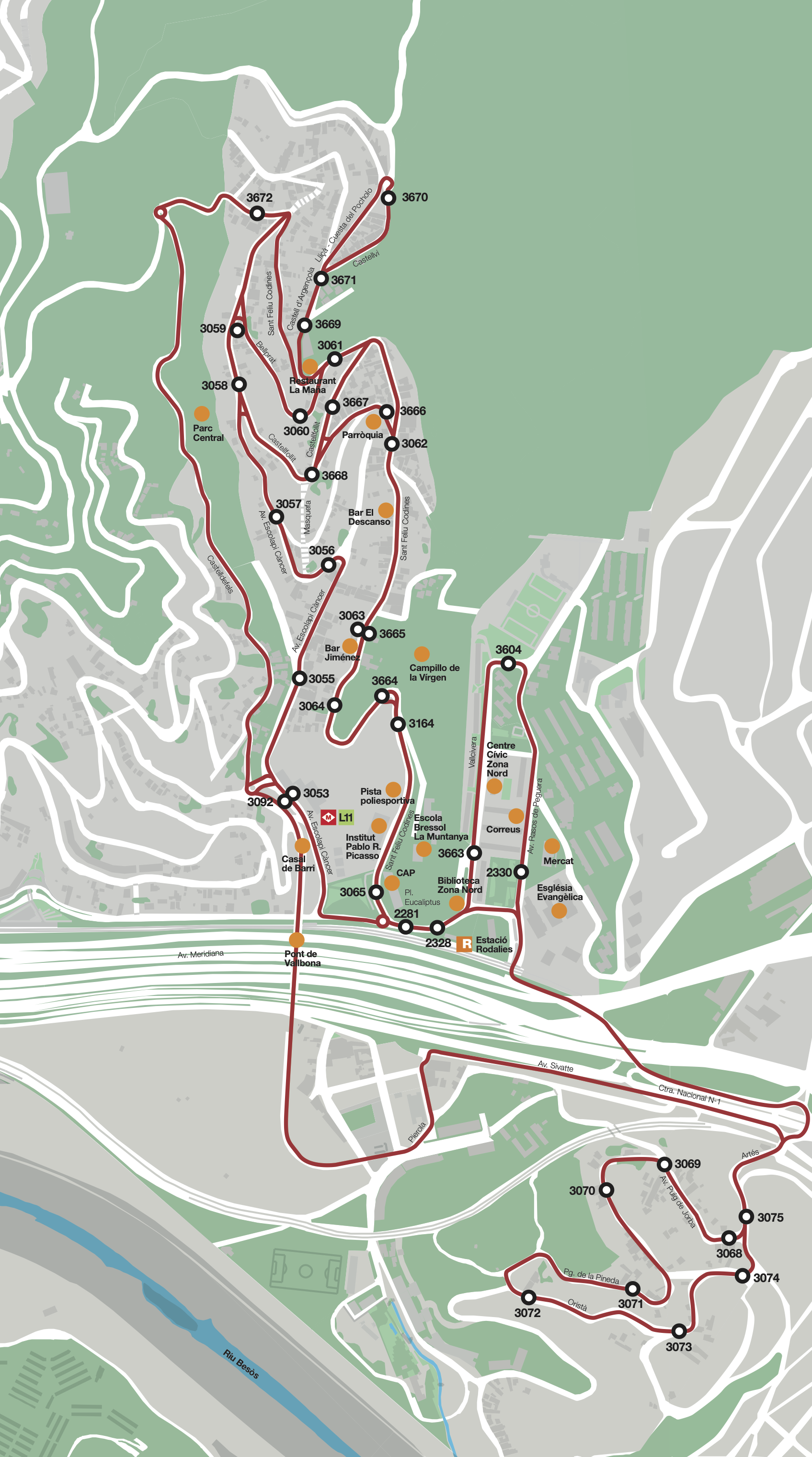
At BarcelonaSince 2019, an on-demand bus service has been operating in the suburbs of Torre Baró and Vallbona, where traditional public transport is in short supply. The service El Meu Bus is the most similar to the one tested in Lisbon: passengers have an app to call a minibus and make a journey between one stop and another, and this vehicle can pick up other people along the way. Barcelona City Council and Transportes Metropolitanos de Barcelona say that it is a personalized service, which allows for faster journeys, is more efficient (because the bus only passes when there is demand) and that waiting times are shorter at bus stops. Barcelona plans to extend the El Meu Bus to more areas, including the central area of Ciutat Vella.
For the future of XBUS, the scenarios seem to be wide open. Carris is considering replacing neighborhood routes with lower demand with an on-demand system, or doing the same with other routes where the traditional service may be inefficient because there is little demand for public transport. The "bus on demand" model could thus serve to optimize Carris's offer, making it more cost-efficient for the company and better for the passenger, who, instead of having to wait a long time for a bus that only comes around once in a while, can have it when they need it. The XBUS could also be used to attract new customers, more accustomed to the digital transition, and serve, for example, evening schedules - what if a group of young people could return home by bus?
XBUS has received funding from the European Union with support from the Connecting Europe Facility. The pilot project was due to be launched in March 2020, but the pandemic delayed plans. Carris says that the delay allowed the company to fine-tune the service and technology before the launch. Carris also says that the XBUS application has obtained around 1800 downloads in the digital stores (App Store and Google Play Store), but that only one to two dozen people used the service on a daily basis. In addition to the mobile application, there was a telephone line through which it was possible to call a minibus.
Among the passengers, some faces became familiar to those who operated the XBUS bus on a daily basis. On the day of the farewell, it was also these people who most regretted the suspension of the service, hoping that it could return and cover more areas of the city.
